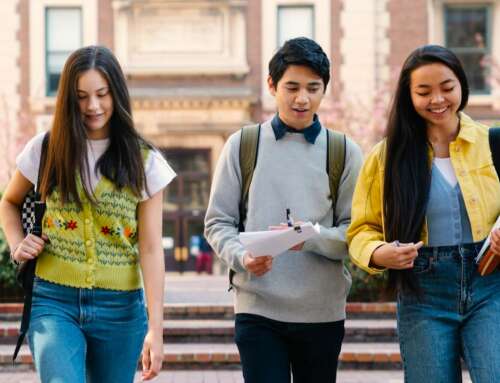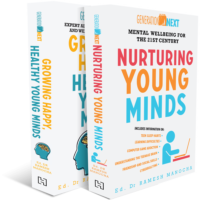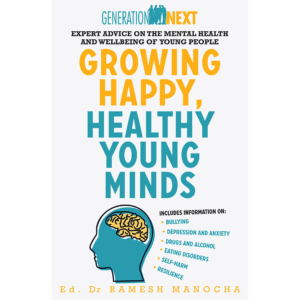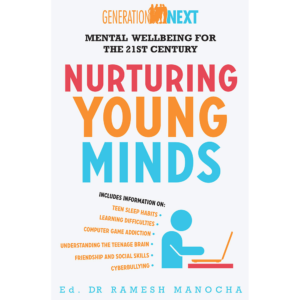Greetings from 2040.
The past two decades have rewritten the script of education. The world you know—your policies, institutions, even your assumptions about learning—has been overtaken by a future that demanded we think beyond the present.
We had a choice: resist change and fall behind or embrace transformation with open minds and bold strategy. We chose the latter. Education had to become a national priority, not just a political talking point. The Chief Education Officer—once a bureaucratic role—became a visionary steward of long-term investment, overseeing the rollout of a national AI infrastructure that would redefine teaching and learning.
One of the most profound shifts? Robots in schools.
While the broader world harnessed automation to revolutionise agriculture, conserve water, and clean up the environment, Australia found itself in an enviable position. As other nations battled instability and supply chain breakdowns, we became a global leader in food security—one of the cleanest, most reliable producers on the planet.
At first, teachers feared what automation meant for their jobs. The lesson of history is that technology displaces before it creates, and education was no different. But the commitment was clear: robots would augment, not replace. AI tutors, as they came to be known, didn’t take over classrooms. Instead, they personalised learning in ways that teachers had long dreamed of but lacked the resources to achieve.
Every student charted their own learning pathway—tailored to their strengths, interests, and ambitions. AI tutors operated within Vygotsky’s zone of proximal development, stretching students just beyond their comfort zone while keeping them in a state of Csikszentmihalyi’s ‘flow’—that perfect balance of challenge and mastery. For neurodiverse students, AI tutors became a game-changer, equipped with emotion sensors to detect stress levels and signal when additional support was needed.
In the early days, we thought AI tutors could be shared between students—a cost-saving measure. What we underestimated was attachment. Students formed bonds with their AI tutors, not as cold machines, but as deeply personalised learning partners.
And so, here we are. The world of education, once rigid and standardised, has become dynamic and adaptive. The future wasn’t an inevitability—it was a choice.
Back there in 2025, you might say I’m a dreamer. But we didn’t get here by dreaming alone.
More soon.
Andrew Fuller
inyahead@aussiebb.com.au







